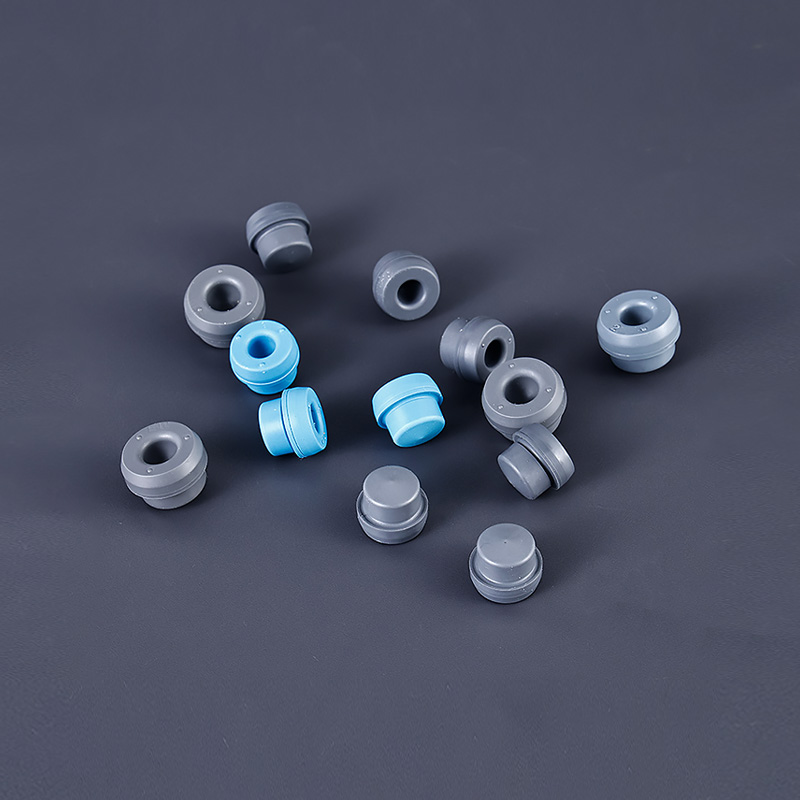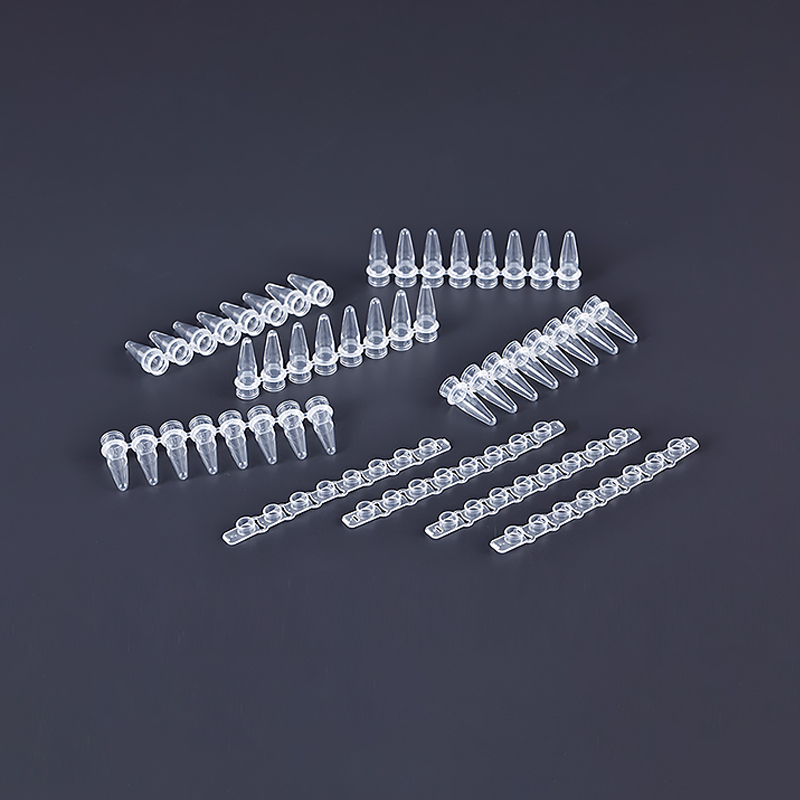Polymerase Chain Reaction (PCR) technology has revolutionized molecular diagnostics, and the design and functionality of PCR reaction vessels play a pivotal role in the accuracy and efficiency of this process. Two key innovations in this realm are PCR Reaction Vessel Strips and PCR Reaction Plate Strips, each offering unique advantages in various laboratory applications.
PCR Reaction Vessel Strips:
PCR Reaction Vessel Strips are slender, tube-like structures designed to accommodate individual PCR reactions. These strips typically contain multiple vessels arranged linearly, allowing for simultaneous amplification of multiple DNA samples. The vessels are made from high-quality plastics that ensure thermal conductivity, crucial for maintaining stable temperature profiles during PCR cycles.
One notable advantage of PCR Reaction Vessel Strips is their flexibility. Laboratories can choose the number of vessels needed for a specific experiment, minimizing sample wastage and optimizing cost-effectiveness. This flexibility makes them an ideal choice for projects with varying sample sizes or when conserving precious biological material is paramount.
PCR Reaction Plate Strips:
In contrast, PCR Reaction Plate Strips offer a different approach by incorporating a plate format. These strips feature a flat surface with multiple wells, each capable of hosting an individual PCR reaction. The plate design facilitates high-throughput processing, making it an efficient choice for laboratories dealing with large-scale screening or diagnostic applications.
The PCR Reaction Plate Strips often come with standardized well spacings, enabling compatibility with automated liquid handling systems. This standardization not only enhances reproducibility but also streamlines workflows in high-throughput environments. Additionally, the flat wells of the plate strips allow for ideal heat transfer during PCR cycles, ensuring uniform amplification across all reactions.
Common Features and Advancements:
Both PCR Reaction Vessel Strips and PCR Reaction Plate Strips share several common features that contribute to their widespread adoption in molecular diagnostics. Foremost is the use of specialized plastics that are compatible with PCR processes. These plastics exhibit excellent thermal stability, preventing warping or degradation during temperature fluctuations inherent in PCR thermal cycling.
Moreover, advancements in manufacturing techniques have led to the development of optically clear plastics for both types of strips. This transparency is crucial for real-time PCR applications, enabling researchers to monitor fluorescence signals during amplification. The ability to monitor reactions in real-time enhances the precision of quantitative PCR assays, allowing for accurate quantification of nucleic acid targets.
Furthermore, both types of strips are available with various sealing options. Tight and reliable seals are essential to prevent sample evaporation and cross-contamination, ensuring the integrity of experimental results. Many strips now come with peelable seals or optically clear films that maintain a barrier against contamination while allowing easy visualization of samples.
PCR Reaction Vessel Strips and PCR Reaction Plate Strips represent two distinct yet complementary approaches to PCR technology, catering to the diverse needs of molecular diagnostics laboratories. Whether prioritizing flexibility in sample size or striving for high-throughput capabilities, researchers can choose the format that aligns with the specific requirements of their experiments. As technology continues to advance, these PCR reaction strips will likely see further refinements, contributing to the continual evolution of molecular diagnostics in research and clinical settings.





